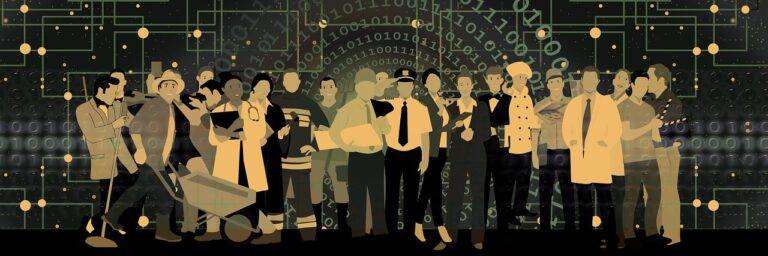Tech and the Circular Economy: Innovations and Solutions
Technology plays a pivotal role in promoting sustainability by enabling businesses and individuals to adopt more environmentally friendly practices. From renewable energy sources to smart waste management systems, advancements in technology have provided innovative solutions to reduce our carbon footprint and combat climate change. By leveraging tools like data analytics, artificial intelligence, and Internet of Things (IoT, organizations can optimize their operations for greater efficiency and minimal environmental impact.
Furthermore, technology has facilitated the development of green products and services that promote sustainability in various industries. Companies are increasingly incorporating eco-friendly materials, energy-efficient designs, and recyclable packaging into their products, thanks to technological advancements. Through digital platforms and e-commerce solutions, consumers are also empowered to make more sustainable choices by accessing information on environmentally friendly options and supporting businesses that prioritize sustainability practices.
Challenges in Achieving a Circular Economy
One notable challenge in moving towards a circular economy is the lack of a standardized framework across industries. Each sector faces unique obstacles in transitioning from a linear to a circular model, such as varying levels of technological readiness and diverging levels of stakeholder engagement. The absence of a cohesive approach can hinder the overall progress towards achieving a circular economy on a larger scale.
Moreover, the economic incentives for companies to adopt circular practices are not always clear-cut. While there may be long-term benefits in terms of resource efficiency and cost savings, the short-term investments and changes required can be daunting. Balancing the immediate financial implications with the potential future gains presents a balancing act that many organizations struggle to navigate effectively in their quest for sustainability.
What is a circular economy?
A circular economy is an economic system aimed at minimizing waste and making the most of resources by keeping products, materials, and resources in use for as long as possible.
How does technology play a role in promoting sustainability in a circular economy?
Technology plays a crucial role in promoting sustainability in a circular economy by enabling better resource management, waste reduction, and the development of innovative solutions for recycling and reusing materials.
What are some of the challenges in achieving a circular economy?
Some of the challenges in achieving a circular economy include changing consumer behavior, lack of infrastructure for recycling and reusing materials, and the need for policy and regulatory frameworks to support circular practices.
How can businesses contribute to the transition towards a circular economy?
Businesses can contribute to the transition towards a circular economy by redesigning products for durability and recyclability, adopting sustainable production processes, and collaborating with other stakeholders to create closed-loop systems for materials and resources.
What are some examples of successful circular economy initiatives?
Examples of successful circular economy initiatives include companies that offer product take-back programs for recycling, cities that implement waste-to-energy projects, and organizations that promote the sharing economy through collaborative consumption models.





